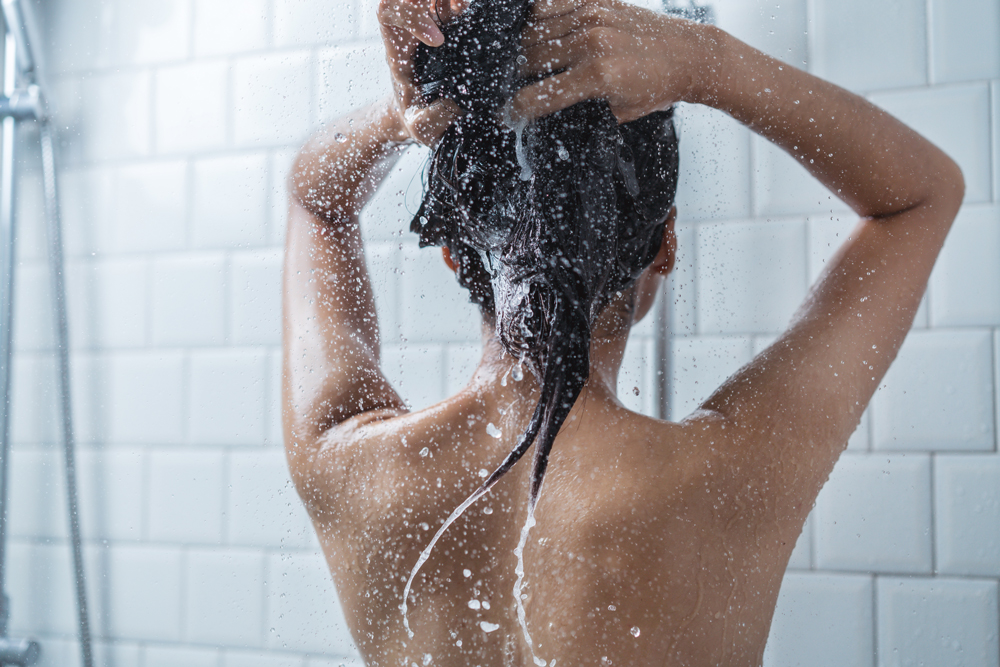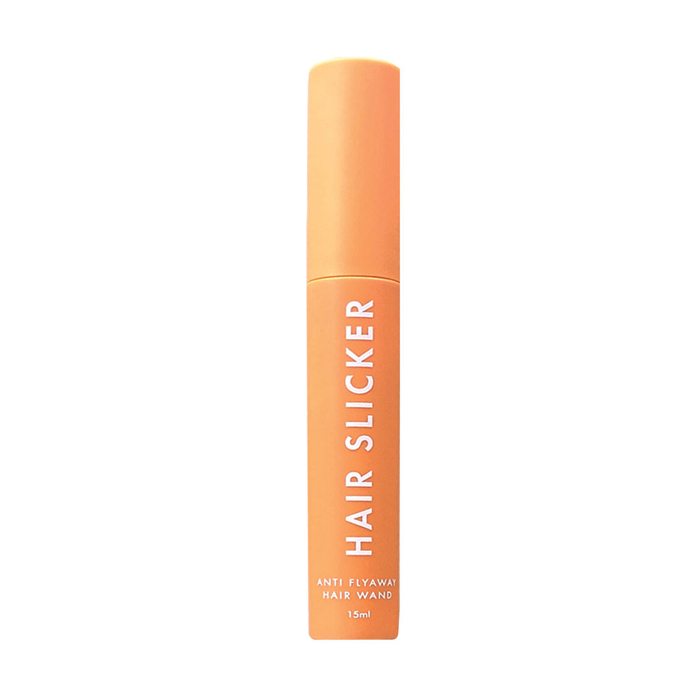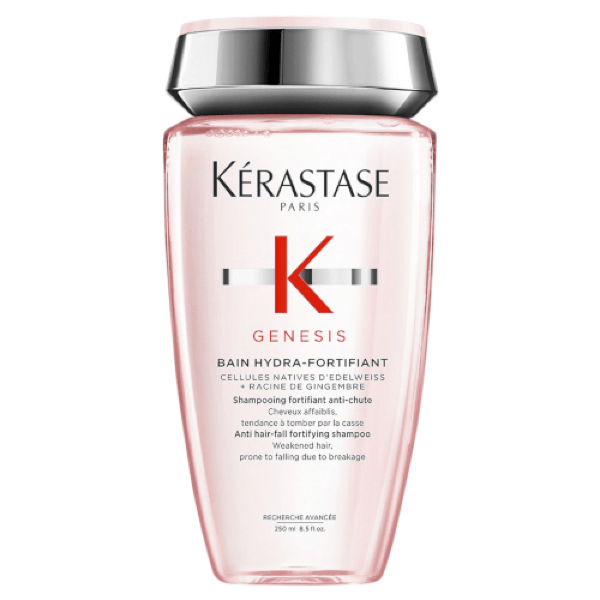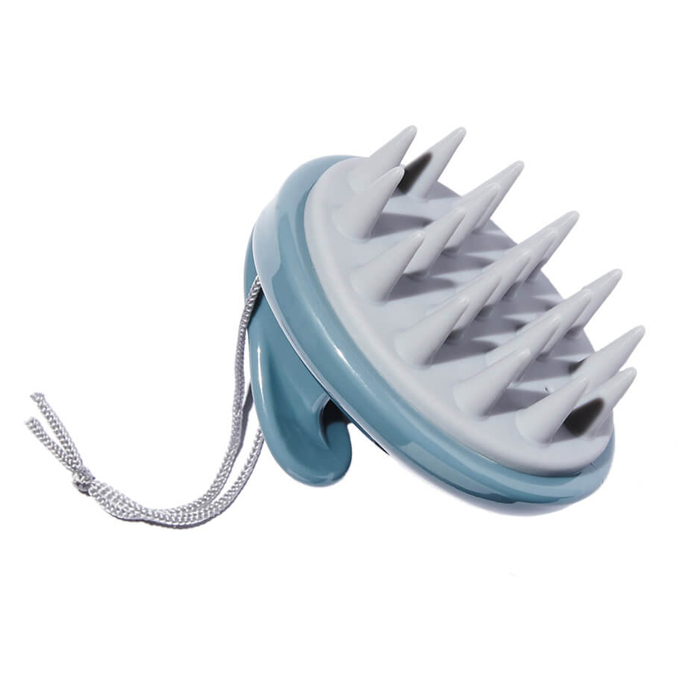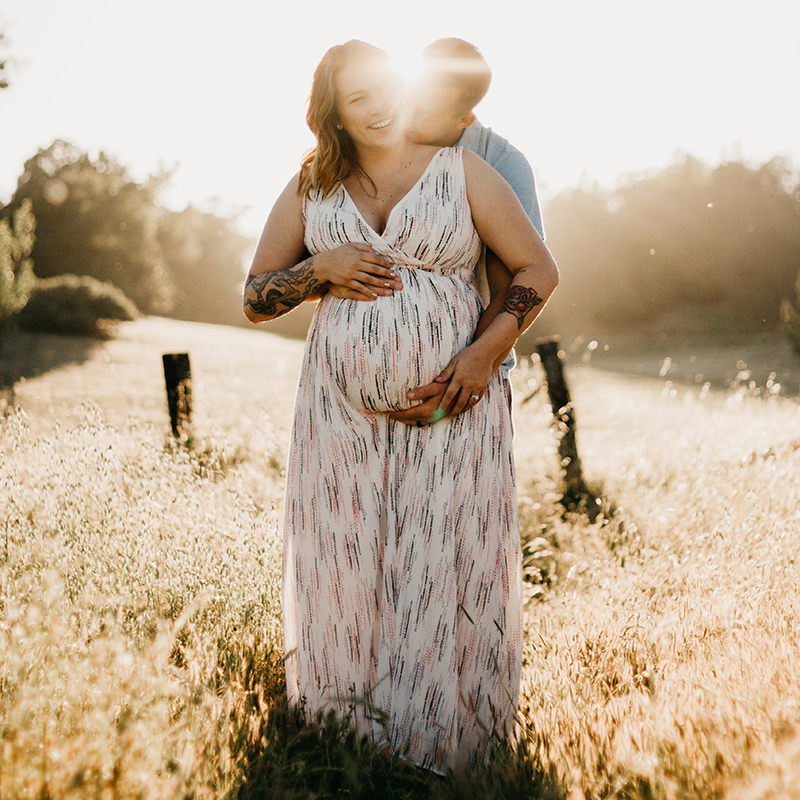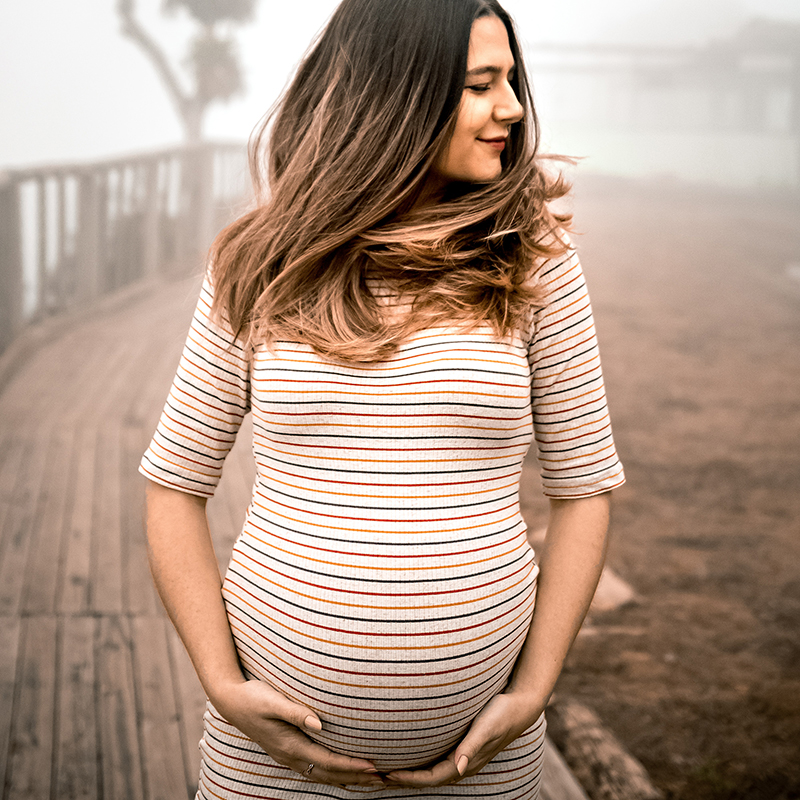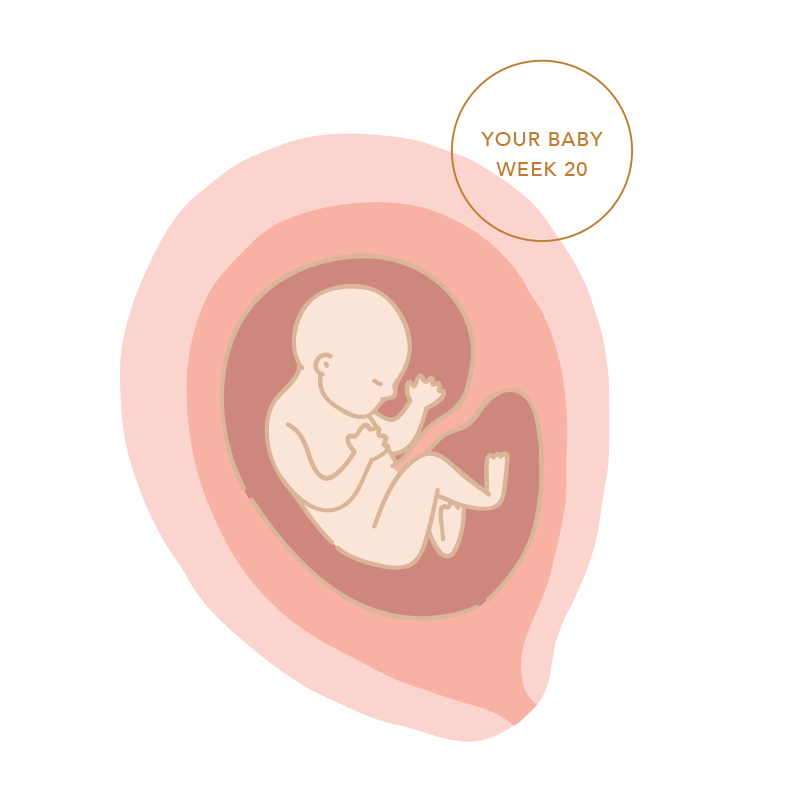Postpartum Hair Loss: Why It Happens and Options for Treatment
Does your hair seem to be shedding more than usual since having your baby? It’s time to talk about postpartum hair loss.
As the saying goes, all good things must come to an end. Unfortunately, this tends to ring true for those of us who have experienced the joys of luscious, thick locks in pregnancy because yes, postpartum hair loss is a thing. If you’ve recently had a baby, you may be bidding farewell to a noticeable amount of hair – sometimes in clumps – at the moment. But don’t panic, it is completely normal to shed hair postpartum. Here’s why it happens and how to deal with it.
What causes postpartum hair loss?
On average, we each lose around 100 hairs per day but when you’re pregnant the increase in hormones has an effect on your hair cycle. Thanks to a rise in oestrogen which prolongs the hair growth phase, most pregnant people experience less shedding which leads to thicker, shinier hair for nine glorious months.
After birth, however, your hormone levels drop rapidly, prompting your hair to swiftly shift to the resting phase which results in excessive shedding. Fortunately, postpartum hair loss is usually just that: excessive shedding which is temporary. It’s not considered clinical hair loss, so there’s no need to worry. It’s almost like your hair is making up for lost time, seemingly all at once.
When does it typically start and, perhaps most importantly, stop?
For most people, postpartum hair loss begins around two months after birth, but for some, it can be sooner or later. It tends to peak around four months. If you experienced a lot of hair growth during your pregnancy or you have quite long hair, the fall out may seem even greater. Many find that the excessive shedding usually stops within six to nine months.
The great news is that by the time their baby’s first birthday rolls around, most people find their hair has regained its normal fullness, as it was pre-pregnancy.
If your hair loss lasts longer than this or your hair still seems thin at the one-year mark, it’s a good idea to consult your doctor.
Can postpartum hair loss be prevented? If so, how?
The short answer is: no. There’s no evidence to suggest that postpartum hair loss can be controlled or stopped. However, there are some things you can do to ensure you’re taking optimal care of your hair, promoting healthy growth, and keeping the strands you do still have intact:
- Use a volumising shampoo to make your hair appear fuller.
- Avoid heavy conditioners as these can weigh down your hair and cause it to look limp.
- Keep your scalp healthy by using a massager to stimulate growth.
- Skip the heat by minimising your use of the blow dryer and heated styling tools as these can cause damage.
- Opt for a new hairstyle; a shorter cut may make it look fuller.
- Tame the appearance of any wispy-looking new growth and flyaways with a smoothing hair gel wand.
- Ensure you’re eating well and taking any postnatal vitamins or supplements that have been recommended by your GP or LMC. See the recommendations for postpartum nutrition here.
- There’s some suggestive research that indicates taking collagen may help. Collagen contains the amino acid proline which is an essential component for hair growth.
I’m concerned about how much hair I’m losing, what should I do?
An estimated 5% of postpartum people are affected by a condition called postpartum thyroiditis which can cause hair loss. If you’re experiencing major thinning or have large clumps of hair falling out, make an appointment with your GP or a dermatologist to get checked out. They will be able to determine whether you are experiencing hair shedding or hair loss. If you do have a hair loss condition, they will support you in finding the cause and explain the treatment options available to you.
